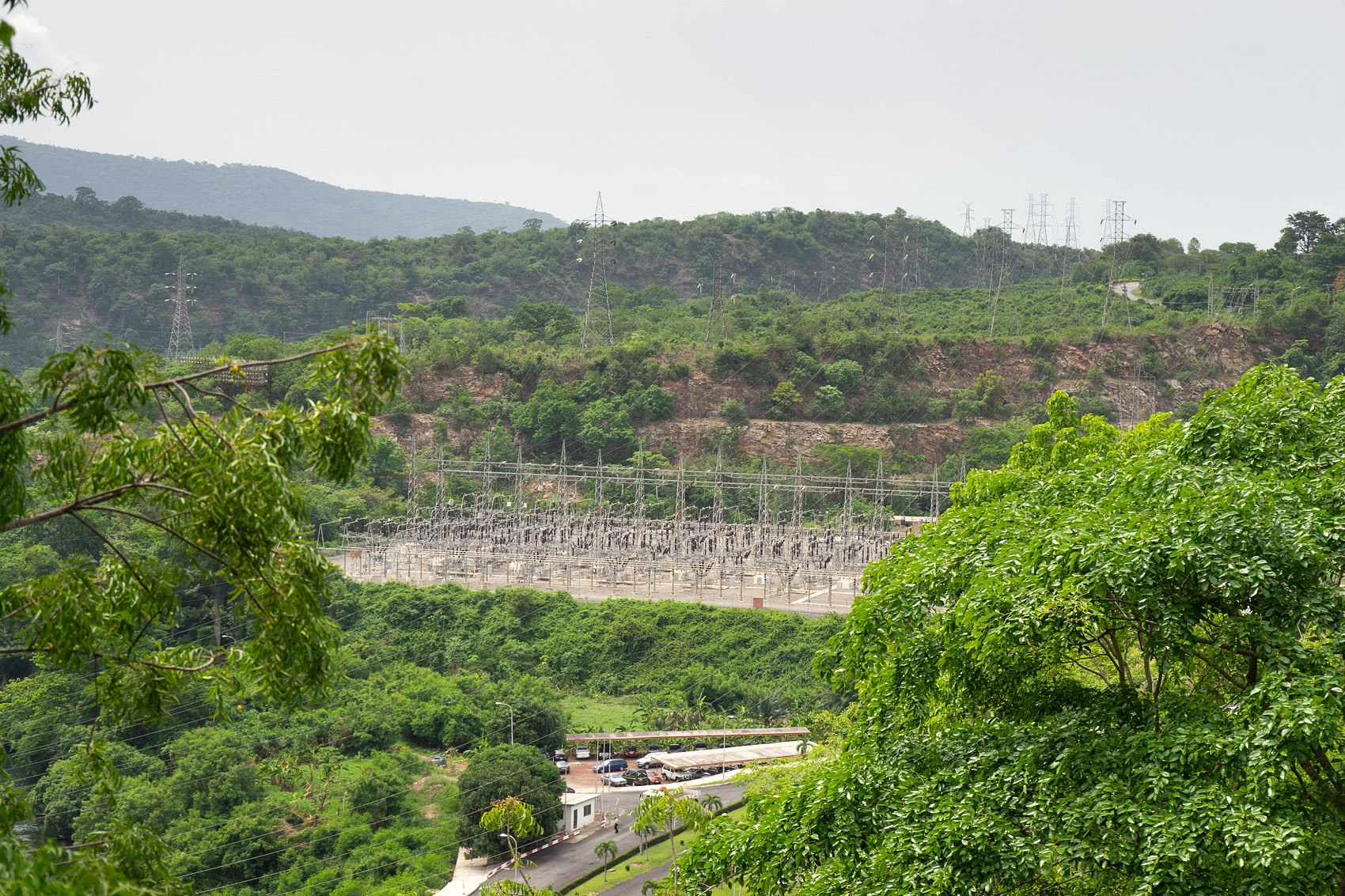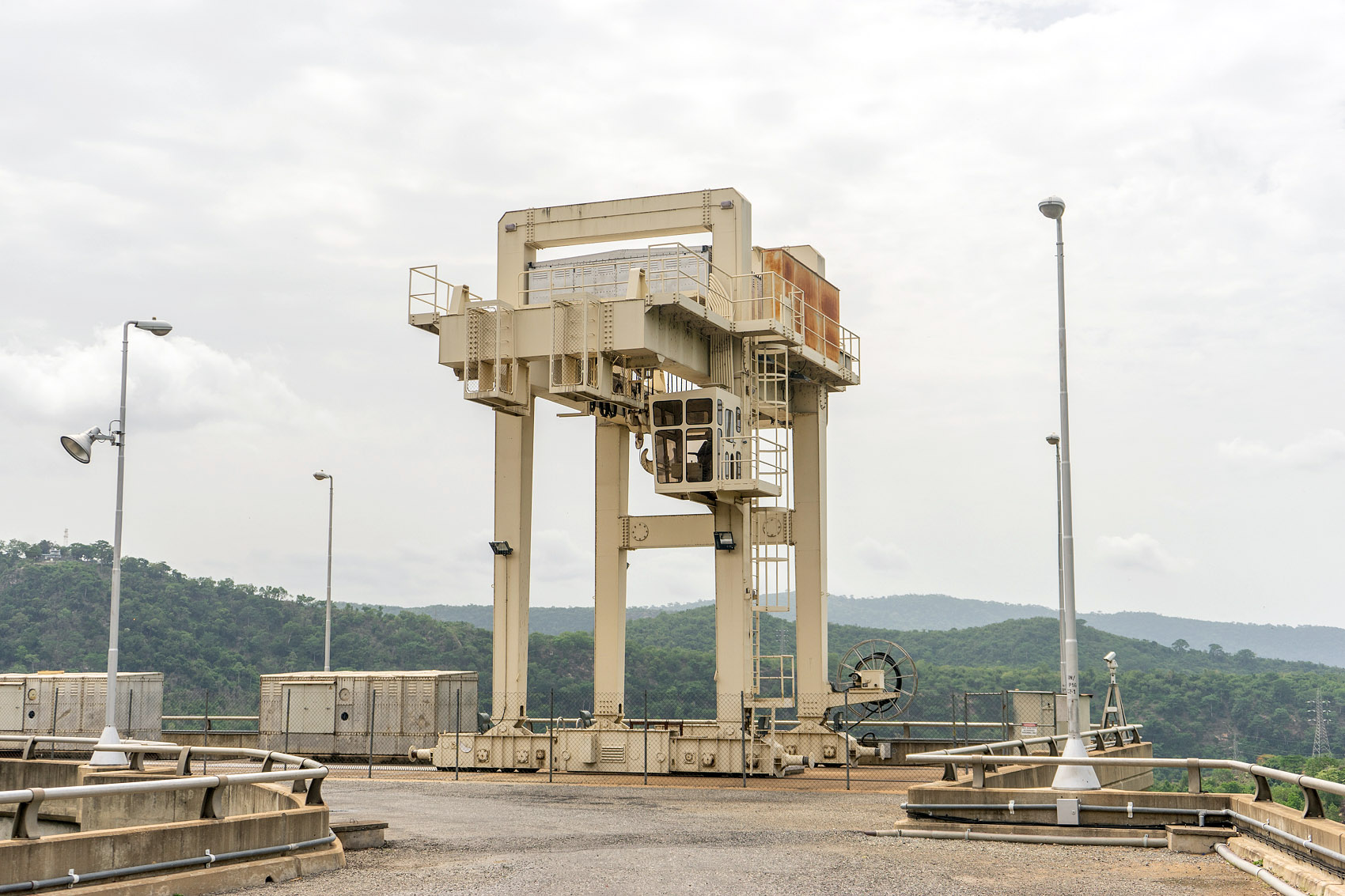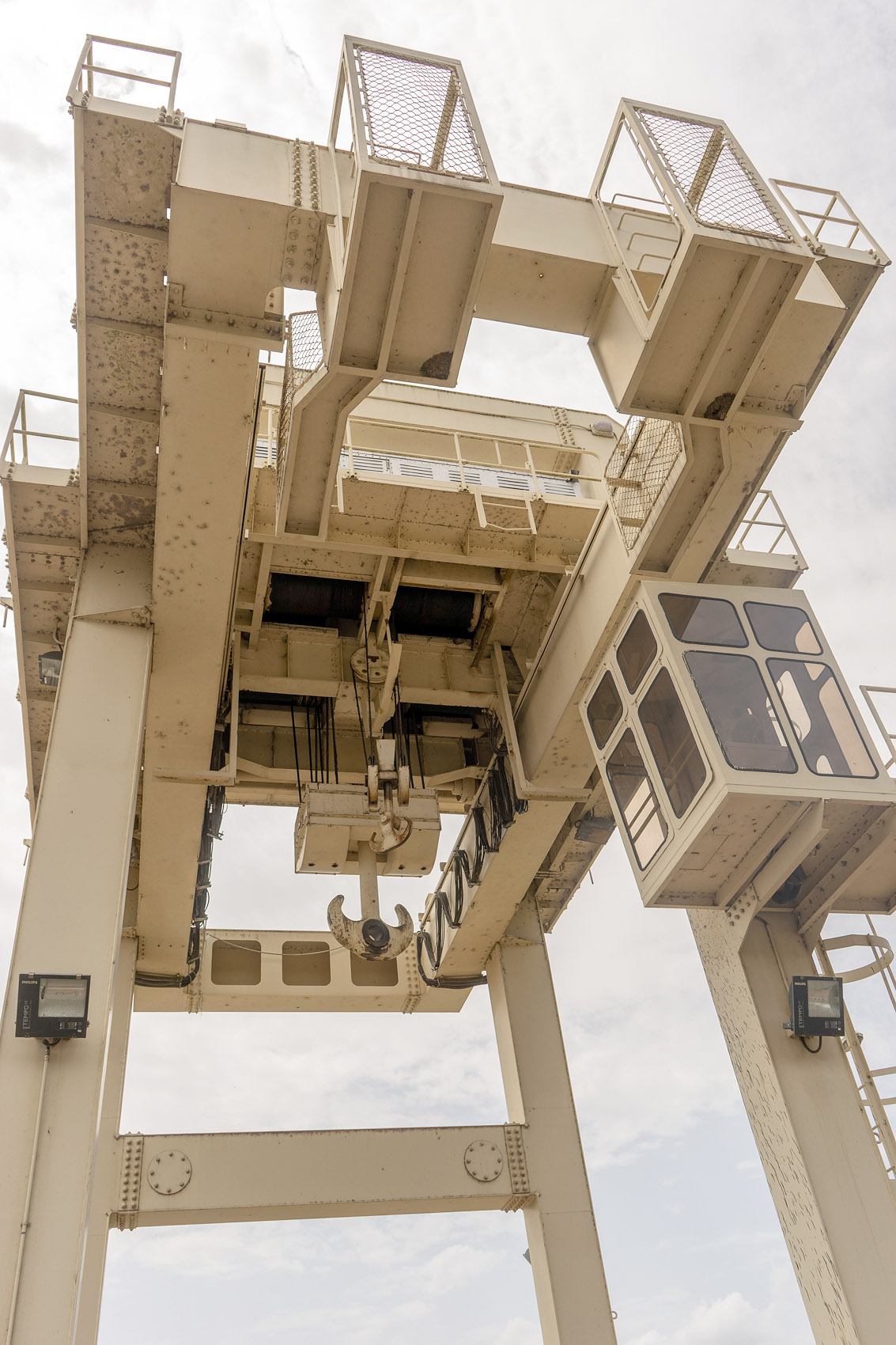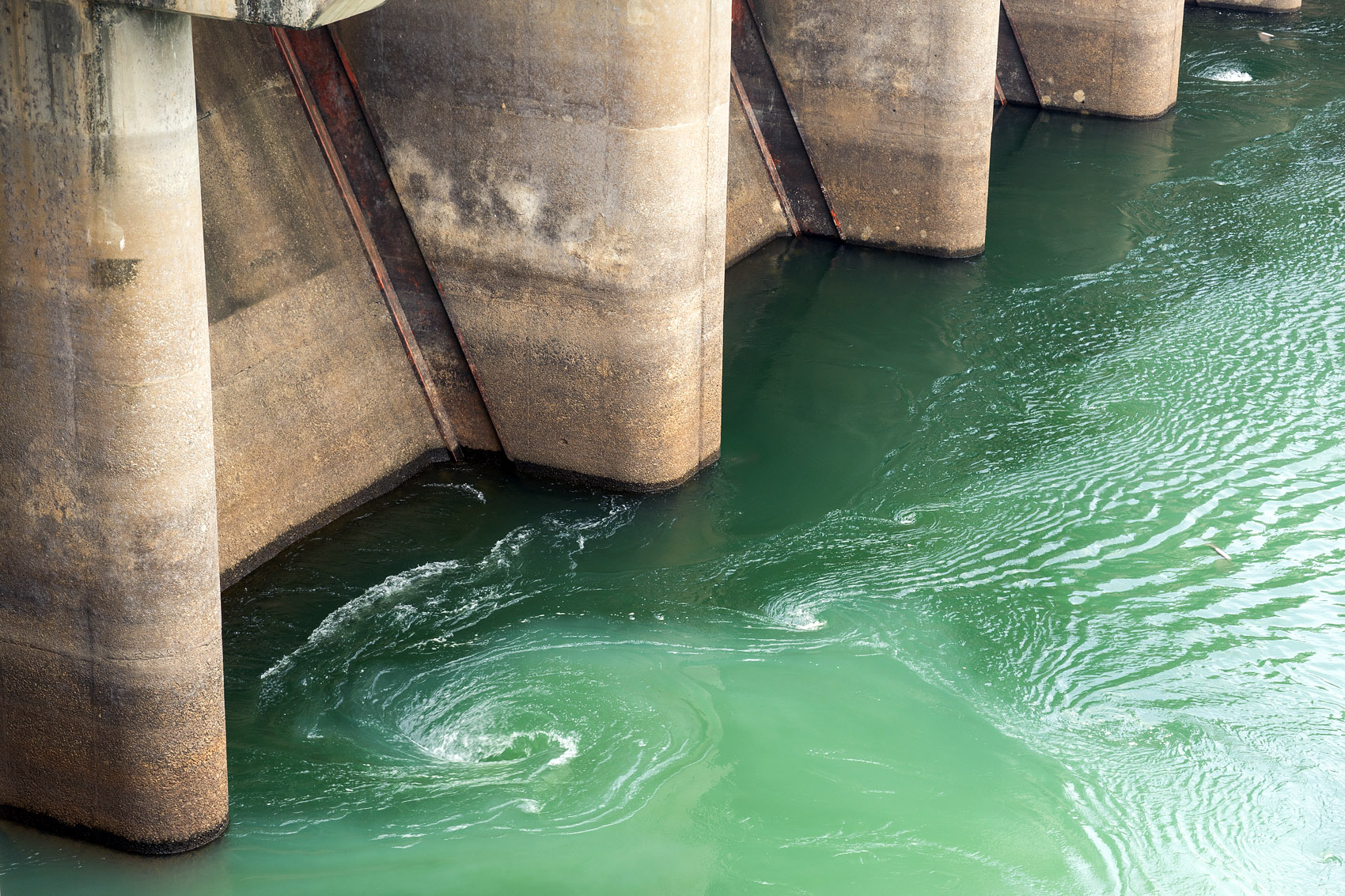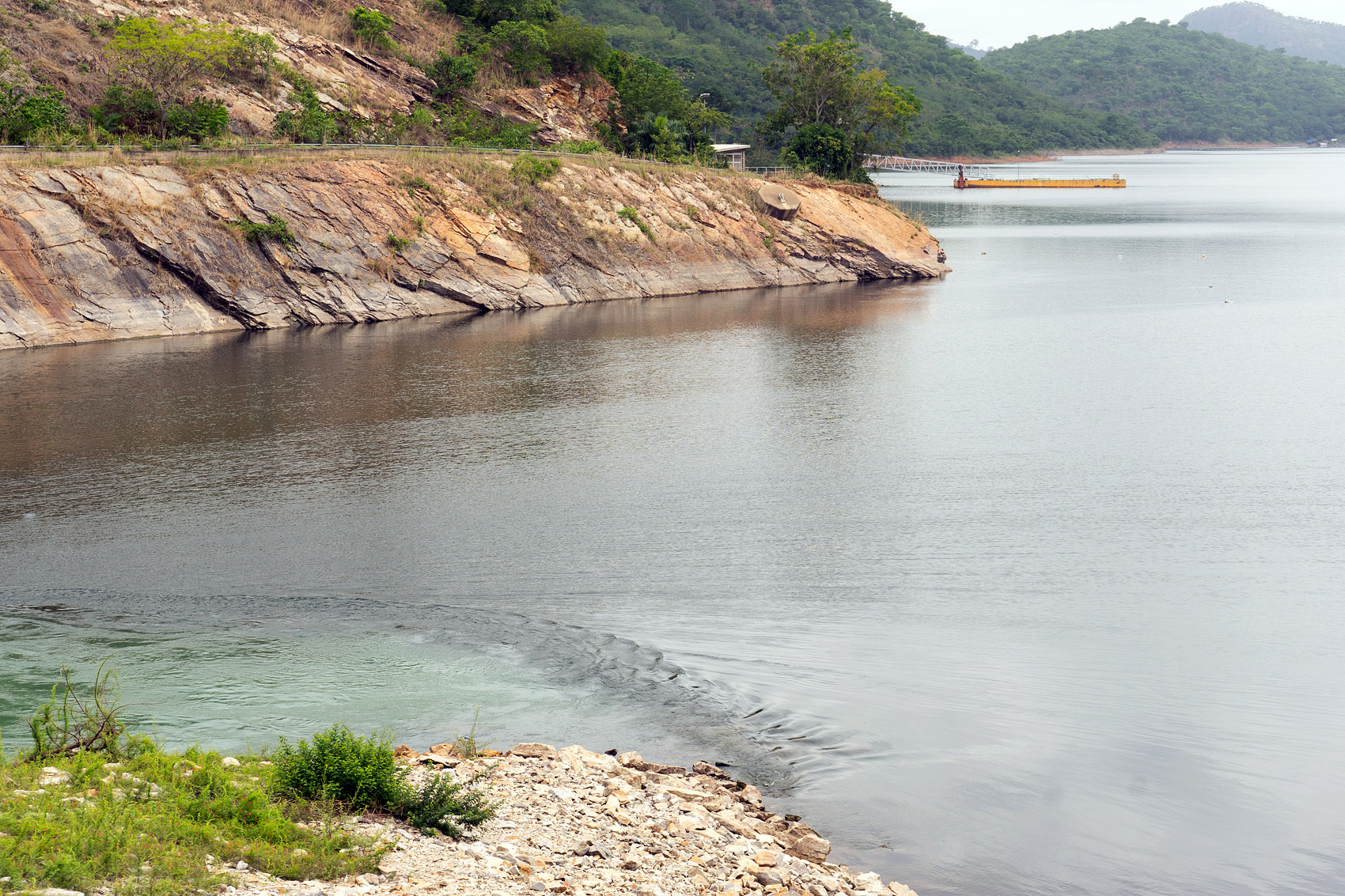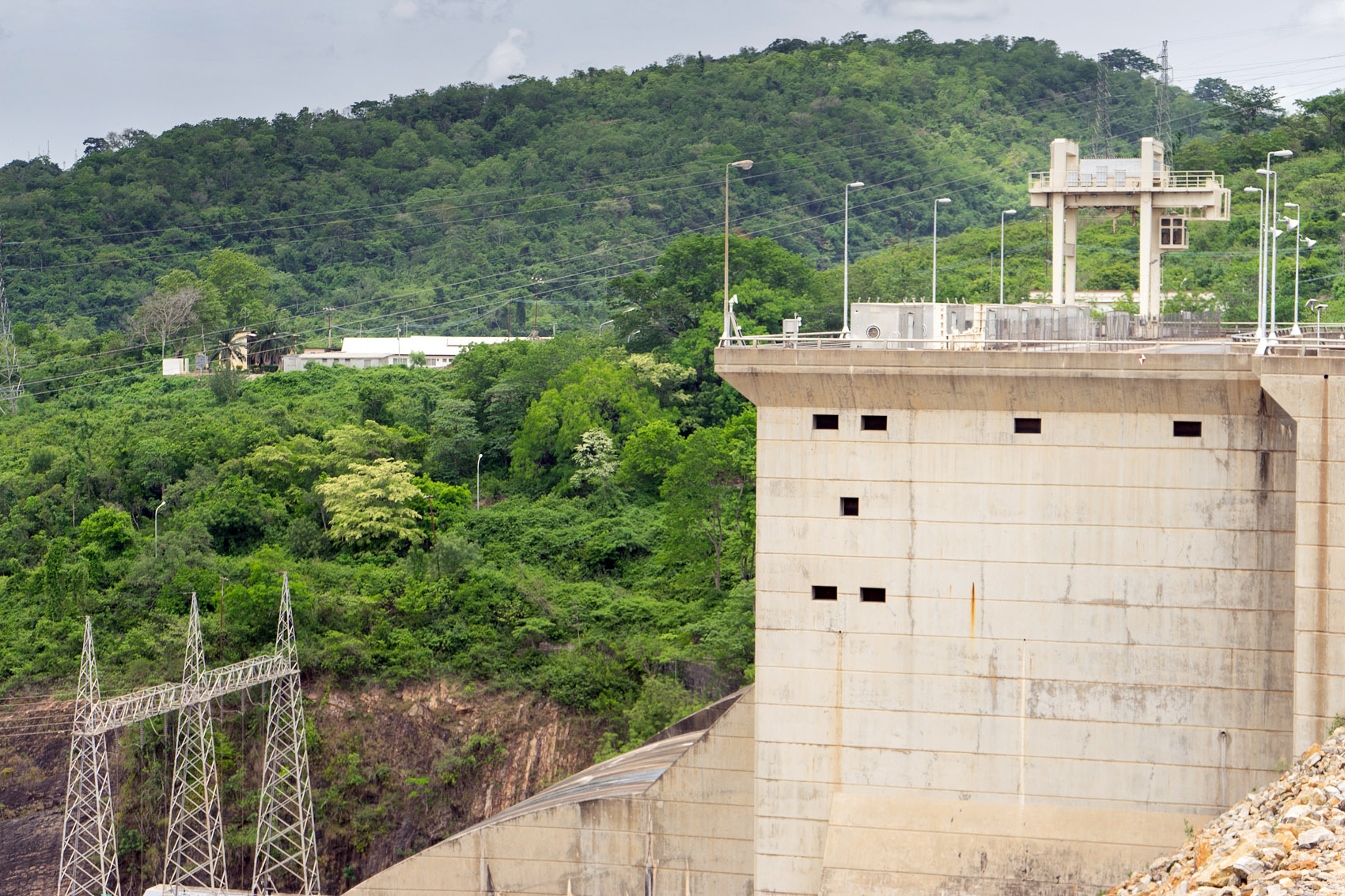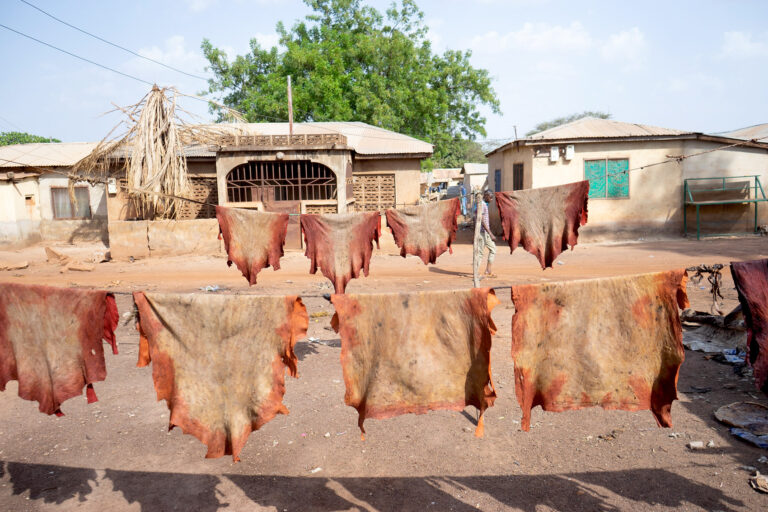A Visit to Akosombo Dam
One of the first projects carried out by the fledgling nation of Ghana was the construction of Akosombo Dam, along the Volta River, near the town of Atimpoku. A massive undertaking, the dam required four years to construct and cost dozens of human lives in the process. As a result of this audacious enterprise, Ghana now has the largest man-made reservoir in the world: Lake Volta.
We’ll write more about the history of Akosombo in a separate post, with a focus on its extreme ecological and cultural impact. But for now, we’ll describe the experience of actually visiting the dam.

By this point, we had been in Ghana for over two months, and were not exactly surprised to discover that visiting a state-run facility would require running a gauntlet of bureaucracy. So when they told us to visit the dam’s government office, we took it in stride. When the office turned out to be nearly impossible to find, we shrugged — of course it was going to be on the outskirts, behind a post office! “I bet there’s going to be a bored receptionist and a long wait,” I whispered to Jürgen, feeling prophetic. But there were actually three bored receptionists; one was sleeping, one was playing Candy Crush, and the third waved us into the office with the most half-hearted gesture I’ve ever seen. Like, she raised her head 40% off the desk and flopped her arm to the side. She might have just been readjusting for Sleepytime Phase 2, but we took it as, “Proceed!”
The guy at the desk was involved in a phone conversation, and didn’t even acknowledge our presence when we entered. For the next fifteen minutes, we listened to him talk about how he found Jesus, and how Christianity has made him such a great businessman. Finally, he hung up, and told us to return to the receptionists to fill out a paper and pay a fee. Then we’d come back to him, and he would arrange our visit. Praise be.
But like I said, none of this surprised or even irritated us, and soon enough we were motoring up to the dam in a taxi (for which we paid an inflated amount as part of the tour price) with our guide, Natasha. And Natasha was an absolute delight; talkative, funny, interested in our travels, and weirdly knowledgeable about the history of the dam. Her family is from Akosombo, and so she’s lived in the dam’s presence her whole life. She knew every fact and figure about the dam’s construction, output and capacity, down to the decimal point. We didn’t really care that the dam has a capacity of exactly 1038 megawatts, but it was almost hypnotic listening to her spout off these numbers.
From the top of the dam, we could see the immense power being generated, as water spiraled down the turbines and into the river far below. She pointed out the spillways, and told us about 2010, when the lake was so full that they had to open the gates for weeks, which ended up flooding some towns down stream. She described how repairs are done, with huge cranes set on rails which can lift up entire structures and provide access to the turbines.
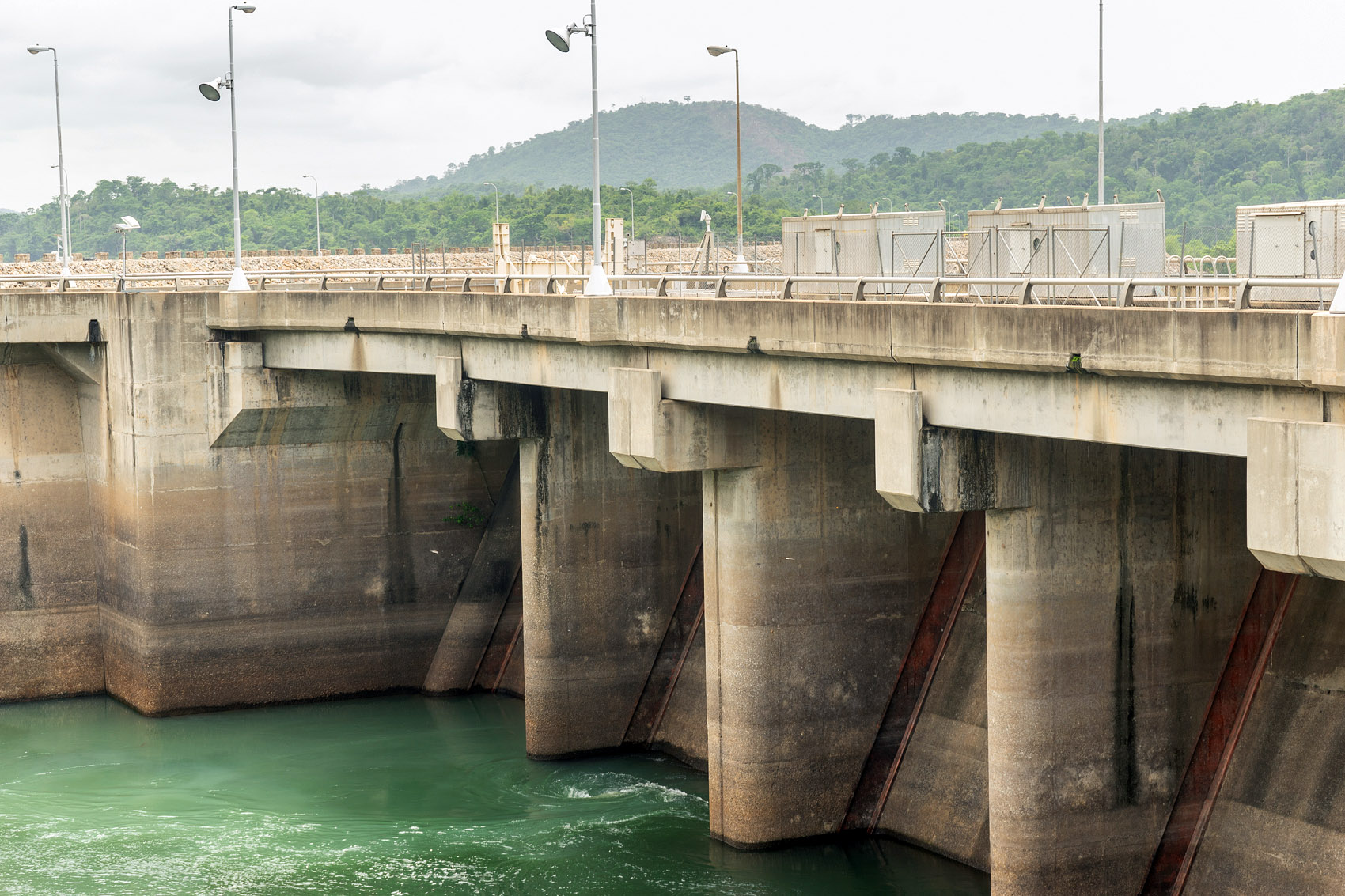
We watched with horror and amazement as fisherman both on the lake above, and the river below, came way too close to the entry and exit-ways of the dam. One looked certain to be sucked down the whirlpool, while the other seemed in imminent danger of being crushed by the churning water as it emptied into the river. Natasha confirmed that this was in fact highly likely, and the fisherman are strictly prohibited from approaching… but these areas are where the biggest fish congregate, and the fishermen are ready to risk their lives for the chance at landing one.
It was a headache to arrange, but we had a great time during our visit to Akosombo Dam, and can recommend a trip to see it. If you’re at all interested in large-scale civil engineering, you’ll be fascinated. And if not, you can still appreciate the incredible views from atop the dam walls.
